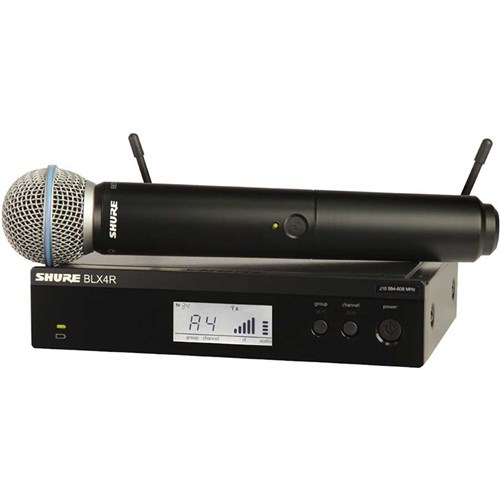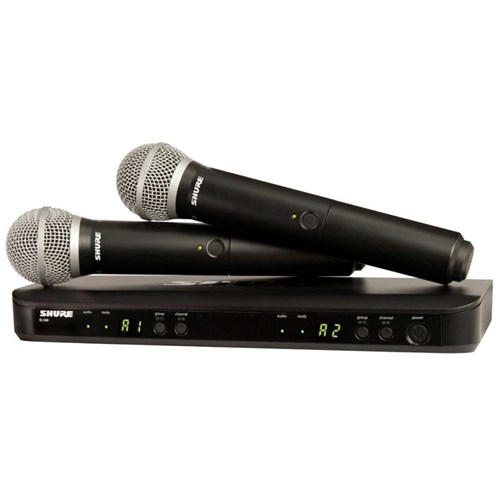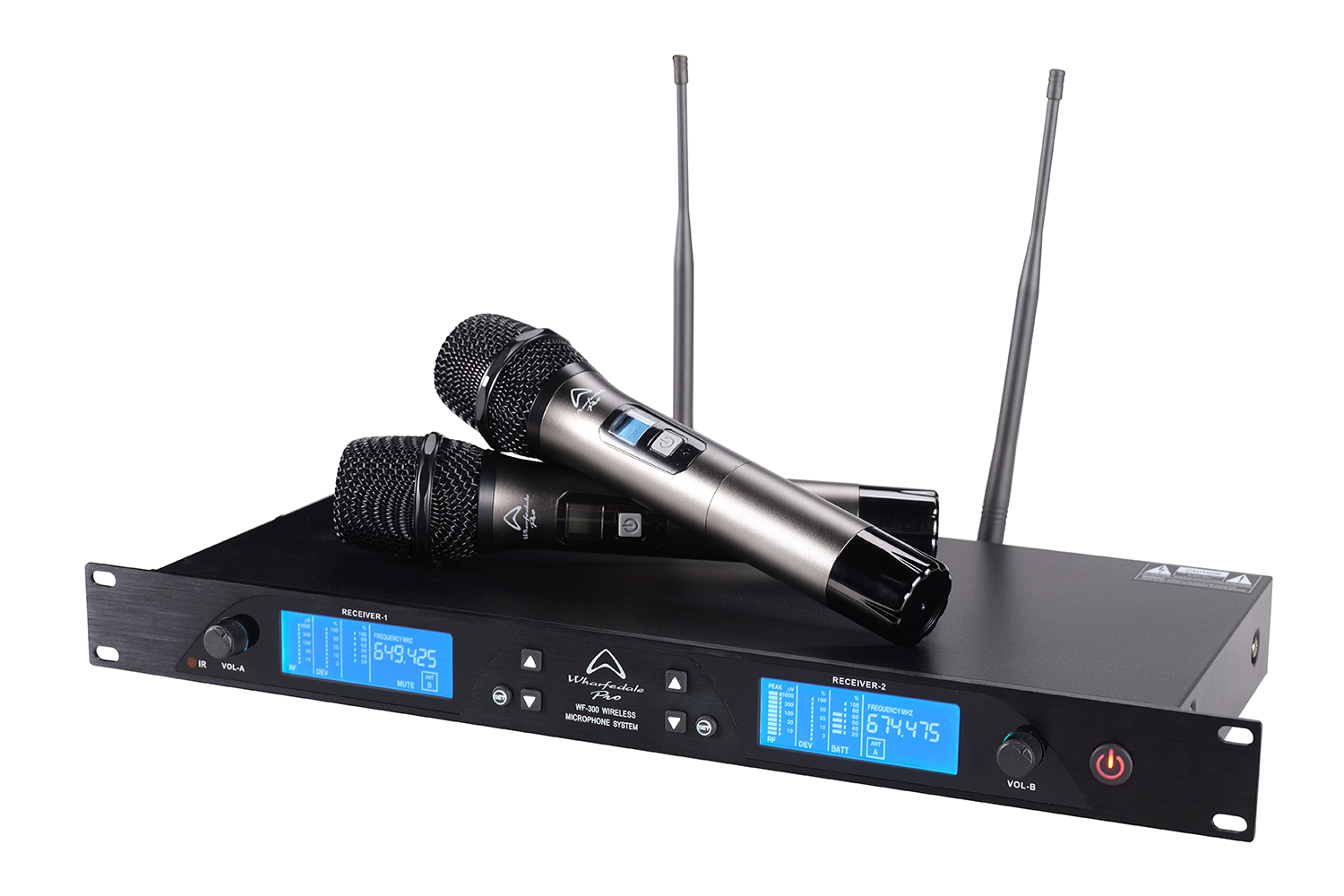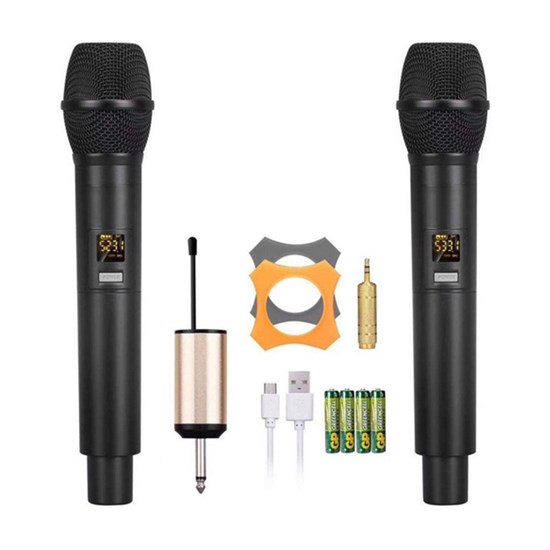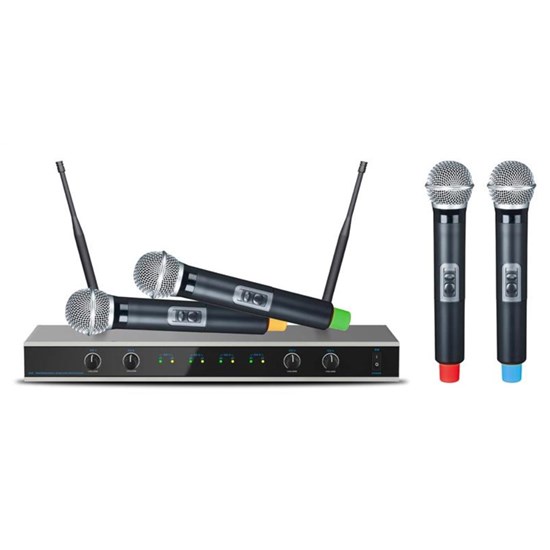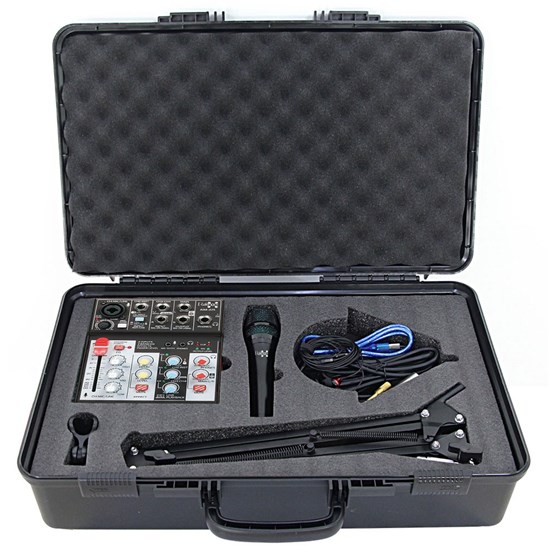Vocal Recording Tips & Tricks: Placement
So you’re ready to record a hit, congratulations! The drums are in good shape, the bass and guitars are locking, but you’re yet to record the final ingredient – vocals. As you don’t want to waste a whole day doing vocal takes (and neither does your vocalist), how do you set yourself up so that your recordings are spot on from the get-go? Here’s a short guide on how to set up your vocal recording setup.

Microphone angle
So let’s say you’ve already taken the time to pick up the perfect mic for the job. Your next step is to find the sweet spot for a vocal sound. As a rule of thumb, you want to stay away from room corners, windows, and walls as they can increase your risk of exaggerating room reflections.
A good technique is to trial-and-error different microphone positions while a channel is armed and recording. After testing out a few positions, head back to your work station and figure out where the sweet spot in the room is by listening back to the recording. Pay attention to the acoustics of the room, and listen out for any unwanted boominess. Take notes and choose the spot that matches the sound you’re after!
The bitter truth: If it sounds awful in every single spot of the room, you may need to either find a different room, or invest in a microphone isolation booth.
Microphone height
When considering mic height, it’s important to envision what kind of sound you’re after. If the vocal take supposed to sound light and airy, position the microphone so that it is slightly below their mouth. Position it higher; above the singer to achieve a vocal take with accentuated low end.

Vocalist placement
It’s also crucial to set your vocalist up so that they’re standing in the desired position. Once again, this will depend on what sort of sound you’re after. If you want a vocal sound that’s up close and personal, have them right up close to the mic (not so close that their nose is hitting the pop-filter, though!). Alternatively, if you desire a vocal take that sounds far-away, do the opposite (a great technique for backing vocals).
In most situations, the microphone is usually placed directly in front of the singer’s mouth. A slightly off-axis placement, however, can help to reduce unwanted consonant ‘pops’ and ‘blasts’ from the vocalist’s mouth. Combined with a pop-filter, this technique does a great job of eliminating that unwanted junk.
Final thoughts
While some of these tips may seem rather arduous, you don’t want to get into the mentality that you could just fix poor microphone positioning “in-the-mix”. Knowing your recording is going to sound fantastic the moment you press record also allows you to take off your ‘engineering hat’ and concentrate on being a producer. This means you can focus your energy on the vocal take and reduce any compulsive mix-tweaking habits during recording. Get it right from the start, and your life will be a hell of a lot easier.
Related Products
-
$869.00
-
$999.00
-
$299.00
-
$129.00
-
$299.00
-
$159.00


